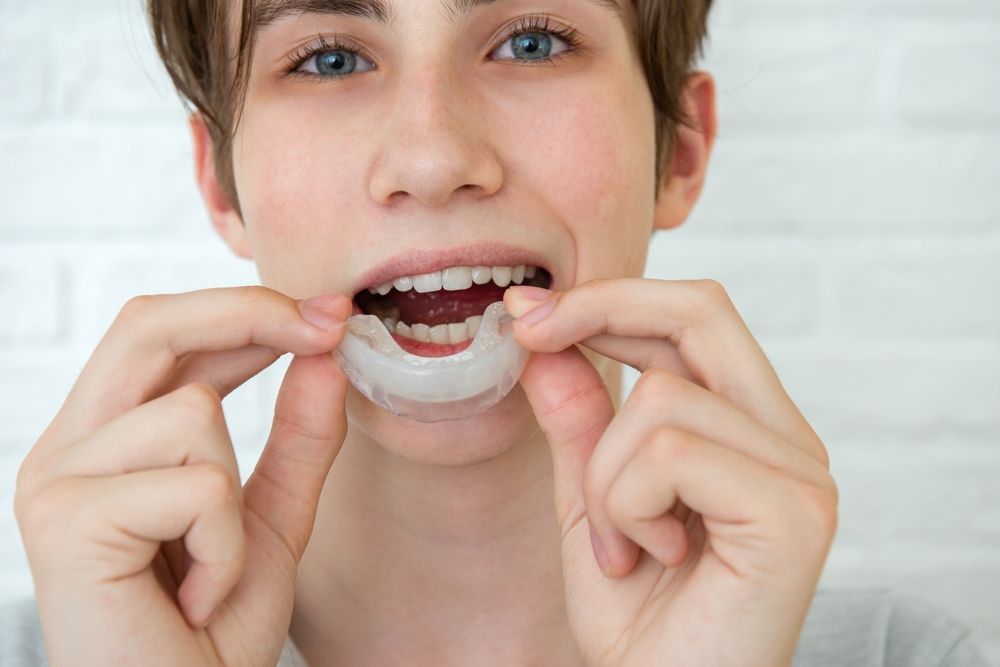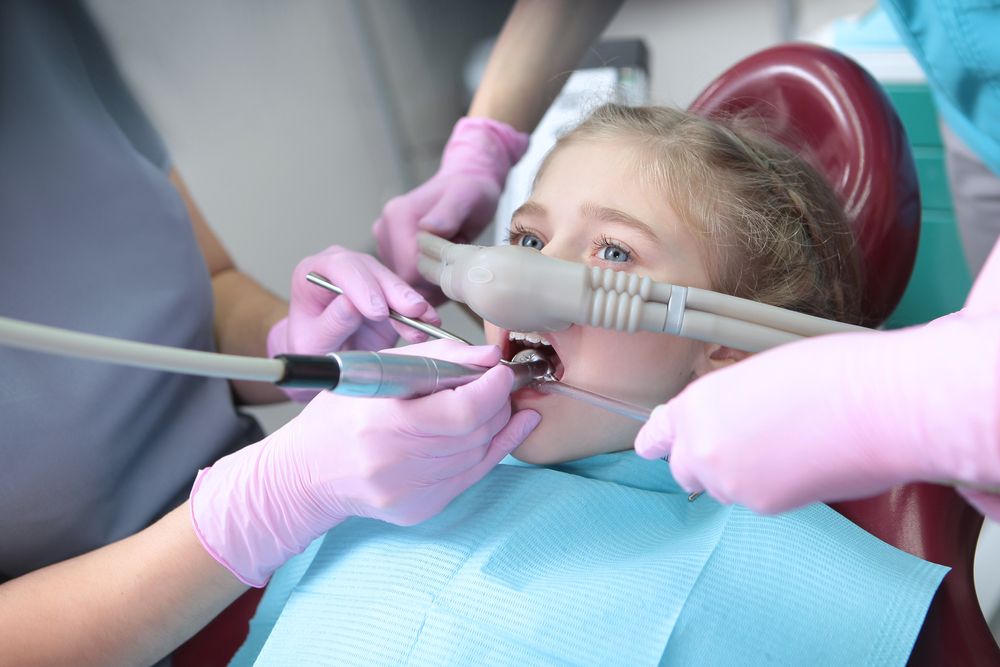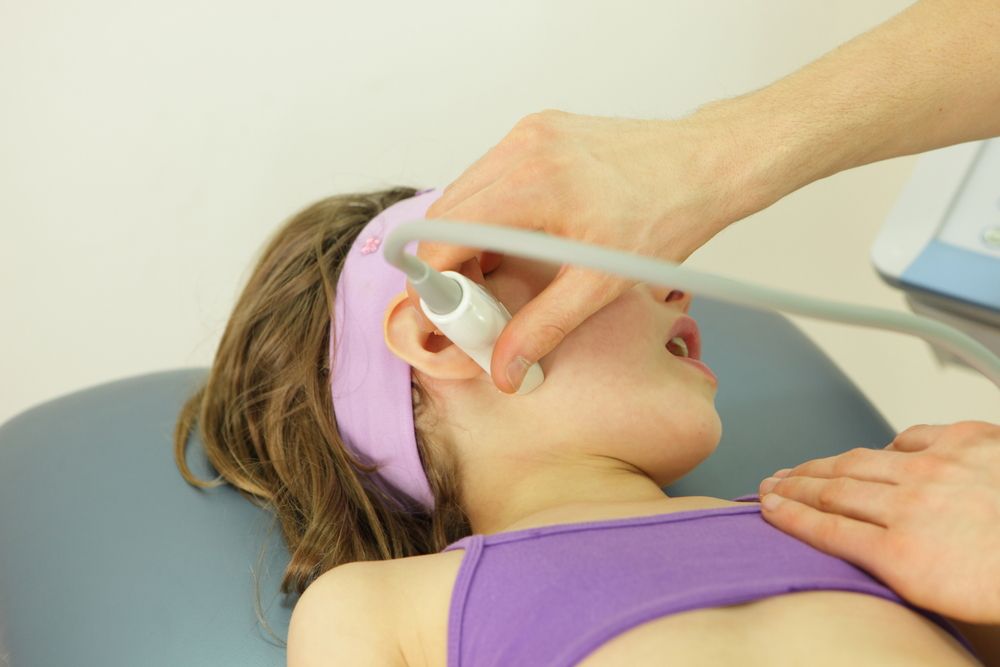Orthodontic treatment is an important aspect of dental care that can significantly impact your child’s oral health and confidence. With various options available, choosing the right treatment can be a daunting task for parents. At Dentistry for Children and Young Adults in San Jose, CA, Dr. Shawn Taheri specializes in pediatric dentistry, including care for special needs, and is dedicated to helping parents make informed decisions about their child’s orthodontic care. This blog will guide you through the different types of orthodontic treatments available and how to choose the best option for your child.
Understanding the Need for Orthodontic Treatment
Orthodontic treatment is not just about achieving a beautiful smile; it’s also crucial for proper dental function. Misaligned teeth can lead to difficulties in chewing, speaking, and maintaining oral hygiene. Additionally, they can cause abnormal wear of tooth surfaces and lead to jaw pain or other dental problems.
Recognizing the need for orthodontic treatment early on can prevent these issues from worsening and can provide your child with a healthier, more confident smile.
Types of Orthodontic Treatments
There are several orthodontic treatment options available, each with its own set of benefits and considerations. Understanding these options will help you make an informed decision that suits your child’s specific needs.
1. Traditional Metal Braces
Overview: Traditional metal braces are the most common and well-known type of orthodontic treatment. They consist of metal brackets attached to each tooth and connected by wires. Over time, these wires are adjusted to gradually move the teeth into their correct positions.
Advantages:
- Effectiveness: Metal braces are highly effective at correcting a wide range of orthodontic issues, including complex cases.
- Durability: Made of stainless steel, they are durable and can withstand the wear and tear of daily activities.
Considerations:
- Aesthetics: Metal braces are more visible than other options, which may be a concern for some children.
- Oral Hygiene: Maintaining oral hygiene can be more challenging with braces, as food particles can easily get trapped in the brackets and wires.
Best For: Children with significant alignment issues or those who need a reliable and time-tested solution.
2. Ceramic Braces
Overview: Ceramic braces function similarly to traditional metal braces but use clear or tooth-colored brackets that blend in with the teeth, making them less noticeable.
Advantages:
- Aesthetic Appeal: The clear or tooth-colored brackets are less visible, which can be more appealing for children who are self-conscious about their appearance.
- Effectiveness: Like metal braces, ceramic braces are effective for treating a wide range of orthodontic issues.
Considerations:
- Cost: Ceramic braces are typically more expensive than metal braces.
- Durability: The brackets are more brittle and can be prone to chipping or breaking.
Best For: Children who need the effectiveness of traditional braces but prefer a less noticeable option.
3. Invisalign (Clear Aligners)
Overview: Invisalign is a popular alternative to traditional braces that uses a series of clear, removable aligners to gradually shift the teeth into place. These aligners are custom-made for each patient and are replaced every one to two weeks.
Advantages:
- Aesthetics: Invisalign aligners are nearly invisible, making them an excellent choice for children who are concerned about the appearance of braces.
- Comfort: The aligners are smooth and comfortable, with no metal brackets or wires to cause irritation.
- Removability: The ability to remove the aligners for eating, brushing, and flossing makes it easier to maintain good oral hygiene.
Considerations:
- Discipline Required: Invisalign requires a high level of discipline, as the aligners must be worn for 20-22 hours a day to be effective.
- Limited Applications: Invisalign may not be suitable for more complex orthodontic issues.
Best For: Children with mild to moderate orthodontic issues who are responsible enough to follow the treatment plan diligently.
4. Lingual Braces
Overview: Lingual braces are similar to traditional metal braces, but the brackets and wires are placed on the inside (lingual side) of the teeth, making them invisible from the outside.
Advantages:
- Invisibility: Lingual braces are completely hidden from view, offering a discreet option for children who are concerned about the appearance of braces.
- Effectiveness: Like traditional braces, lingual braces are effective for a wide range of orthodontic issues.
Considerations:
- Comfort: Lingual braces can be more uncomfortable initially, as they are close to the tongue, which can cause irritation.
- Cost: They are typically more expensive than traditional braces due to the customization required.
Best For: Children who need effective treatment but want the most discreet option available.
Factors to Consider When Choosing Orthodontic Treatment
Selecting the right orthodontic treatment for your child involves considering several factors that go beyond just the type of braces. Here are some key considerations:
1. Severity of the Orthodontic Issue
The complexity of your child’s orthodontic needs will significantly influence the choice of treatment. Traditional metal braces and lingual braces are often recommended for more severe cases, while Invisalign or ceramic braces may be suitable for milder issues.
2. Age and Development Stage
The age and development stage of your child is another important factor. For younger children, traditional braces might be recommended to guide the growth of the jaw and teeth. Invisalign is often better suited for older children and teens who have all their permanent teeth.
3. Aesthetic Concerns
Some children may feel self-conscious about wearing braces. If aesthetics are a major concern, options like ceramic braces, Invisalign, or lingual braces might be more suitable. These options offer a more discreet appearance while still providing effective treatment.
4. Comfort and Lifestyle
Consider your child’s comfort and daily lifestyle when choosing an orthodontic treatment. Invisalign aligners, for example, are more comfortable and allow for normal eating and brushing habits, but they require strict adherence to wearing them. Traditional braces, while effective, may cause more discomfort and require more careful oral hygiene practices.
5. Cost and Insurance Coverage
Orthodontic treatments vary in cost, and this can be a significant factor in the decision-making process. Metal braces are generally the most cost-effective, while options like lingual braces or Invisalign tend to be more expensive. It’s also important to check with your dental insurance provider to see which treatments are covered.
Preparing Your Child for Orthodontic Treatment
Once you’ve chosen the right orthodontic treatment for your child, preparing them for the journey ahead is essential. Orthodontic treatment can be a significant change for a child, and helping them understand the process can ease any anxiety they may have.
- Educate Your Child: Explain the benefits of the treatment and how it will help improve their smile and dental health.
- Set Expectations: Discuss the duration of the treatment and what they can expect during each phase, including any discomfort they might experience.
- Encourage Good Oral Hygiene: Emphasize the importance of maintaining excellent oral hygiene during the treatment to prevent complications such as cavities or gum disease.
Supporting Your Child Through Orthodontic Care
Choosing the right orthodontic treatment is only the first step; supporting your child throughout their treatment is equally important. Regular dental check-ups, following the orthodontist’s instructions, and maintaining good oral hygiene will help ensure a successful outcome.
At Dentistry for Children and Young Adults, Dr. Shawn Taheri and his team are committed to providing personalized orthodontic care that meets the unique needs of each child. Whether your child has special needs or specific concerns, we work closely with parents to ensure that every child receives the best possible care and achieves a healthy, beautiful smile.
Sources:
- McLaughlin, R. P., & Bennett, J. C. (2001). The Transition from Standard Edgewise to Pre-Adjusted Appliance Systems. Journal of Orthodontics.
- Proffit, W. R., Fields, H. W., & Sarver, D. M. (2013). Contemporary Orthodontics. Elsevier Health Sciences.
- Tsichlaki, A., Chin, S. Y., Pandis, N., & Fleming, P. S. (2016). How Long Does Treatment with Fixed Orthodontic Appliances Last? A Systematic Review. American Journal of Orthodontics and Dentofacial Orthopedics.





